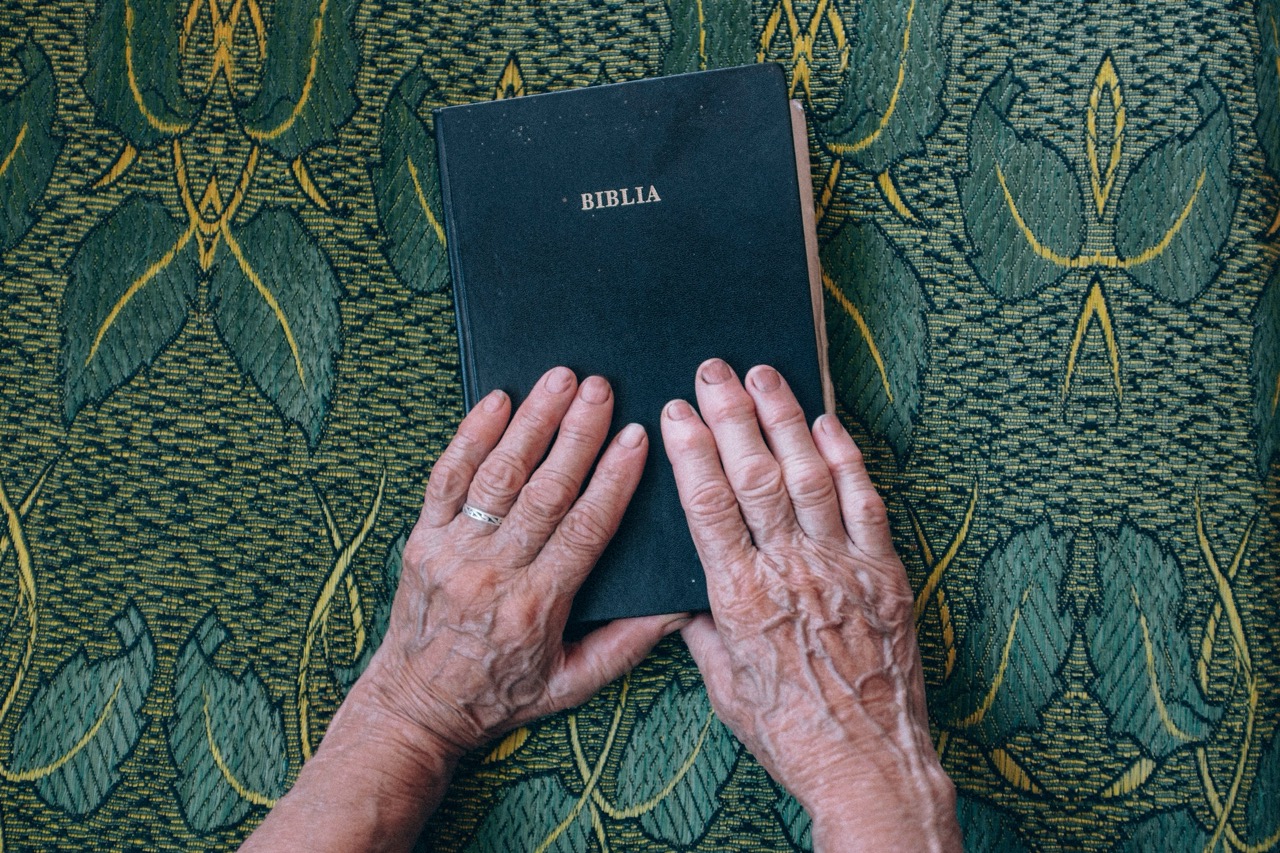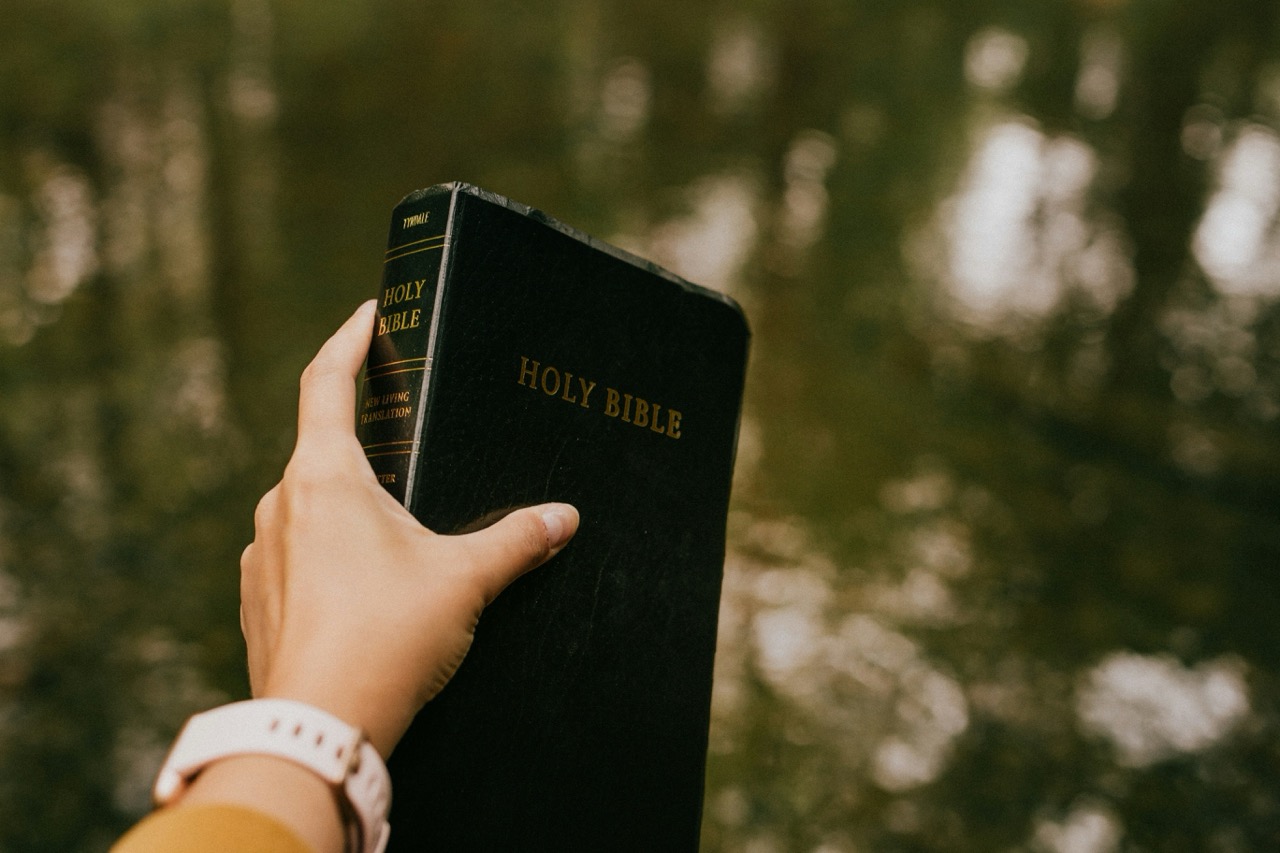Breathing Life into the Valley: A Spirit of Restoration

In the realm of spiritual narratives, few tales resonate as profoundly as the story of restoration found in the Bible. The vision of breathing life into a forgotten valley offers a rich tapestry of lessons in hope, resilience, and community. This article explores the metaphor of a valley, drawing on biblical themes to illustrate the transformative power of faith and collective action. We will journey through the valleys of despair and the mountains of hope, celebrating the sentiments that echo through the ages.
A Journey Begins: Rekindling Hope in a Forgotten Valley
In the biblical context, valleys often symbolize desolation and abandonment. The poignant imagery of a valley can be traced back to the Book of Ezekiel, where the prophet is led to a valley filled with dry bones—a grim reminder of a people once vibrant but now lifeless. As Ezekiel stands among the bones, he hears the voice of God asking, "Son of man, can these bones live?" This moment marks the inception of a journey toward restoration, underscoring the power of faith in rekindling hope in the most unlikely of places.
The answer to God’s question lies not solely in the bones themselves, but in the divine promise of renewal. Ezekiel’s prophetic vision unfolds as he speaks to the bones, and they begin to rattle and come together, symbolizing that even the most seemingly hopeless situations can be resurrected. This imagery serves as a harbinger of hope for communities that may feel overlooked and forgotten. It reminds us that, through faith and action, a journey of restoration can begin, igniting the spark of possibility where despair once thrived.
In our contemporary world, the forgotten valley can be seen in many forms: neglected neighborhoods, abandoned lands, and marginalized communities. The challenge lies in recognizing these valleys and believing in their potential for transformation. Just as Ezekiel’s journey began with a call to action, individuals and communities today must heed the call to breathe life into their own valleys, embracing the belief that renewal is possible, no matter how desolate the landscape may appear.
The Heart of the Valley: Stories of Resilience and Growth
As we traverse deeper into the valley, we encounter stories of resilience that resonate with the heart of the human spirit. The biblical narrative reveals that the valley of dry bones is not merely a story of despair but one of hope and revival. Each bone represents a piece of a larger community—broken but not beyond repair. The restoration process emphasizes the importance of unity, as the bones come together, joined by sinews and flesh, illustrating how the collective can rise stronger than the individual.
In many communities today, similar stories of resilience are unfolding. Families and individuals facing adversity often find strength in one another, creating networks of support that foster hope. Whether it is a neighborhood uniting to clean up a park, a group of volunteers planting trees in a desolate area, or local organizations banding together to provide services, these acts of solidarity echo the biblical narrative of restoration. They remind us that resilience is often born from shared experiences, creating a foundation for growth and healing.
The journey through the valley also highlights the significance of nurturing the land and its people. Just as God instructed Ezekiel to prophesy to the bones, communities are called to speak life into their circumstances. By sharing their stories, they inspire others to join the movement of restoration, creating a ripple effect that transforms not only the land but the very essence of what it means to belong. The heart of the valley beats with the stories of those who dare to dream, reminding us that growth often emerges from the depths of struggle.
Uniting Forces: Community Efforts to Restore the Land
The act of restoration is rarely a solitary endeavor; it thrives on collaboration and shared purpose. In the biblical story, the rebuilding of the valley is not merely a revival of bones but a convergence of spirits. Ezekiel’s prophetic voice calls forth not only the bones but also the breath of God, symbolizing the infusion of life and energy that comes from the divine. This divine breath parallels the communal efforts that breathe life into our own valleys, where collective action becomes the catalyst for change.
Today, communities are recognizing the power of united forces in their restoration efforts. Initiatives such as community gardens, clean-up drives, and restoration projects reflect the belief that working together can reclaim and rejuvenate forgotten spaces. These grassroots movements are reminiscent of the biblical narrative, where groups come together to create something beautiful out of the ashes of despair. Such collaborations echo the message that we are stronger together, fostering a spirit of unity in the face of adversity.
Moreover, the involvement of diverse stakeholders—local residents, non-profit organizations, government bodies, and businesses—brings a richness to the restoration narrative. Each player contributes unique skills and perspectives, crafting a multifaceted approach to reviving the valley. This tapestry of collaboration highlights the interconnectedness of our communities and the shared responsibility we hold in nurturing the land. Just as the bones in Ezekiel’s vision were brought together to form a living being, our collective efforts can shape a vibrant, renewed existence for our communities.
A Vision for Tomorrow: Sustaining the Valley’s Revival
As the valley emerges from its desolation, the vision for tomorrow becomes clear: sustaining the revival requires ongoing commitment and stewardship. The biblical narrative teaches us that restoration does not end with revival; it necessitates nurturing and care. Ezekiel’s prophecy was not just a one-time event but an invitation to cultivate a new life, emphasizing that ongoing efforts are essential in maintaining the vitality of the valley.
In today’s context, this vision for sustaining revival can be seen through sustainable practices and community engagement. Initiatives that focus on environmental conservation, social equity, and economic resilience echo the themes of stewardship found in biblical teachings. Communities are embracing holistic approaches that prioritize long-term health, ensuring that the revived valley can flourish for generations to come. This commitment to sustainability reflects a profound understanding of the interconnectedness of our actions and the legacy we leave behind.
Moreover, the vision extends beyond the physical landscape; it encompasses the emotional and spiritual well-being of the community. By fostering a culture of hope, inclusion, and support, communities can cultivate an environment where individuals feel empowered to thrive. This echoes the promise found in Ezekiel’s vision, where the breath of God brings not only life but also purpose. As we look towards the future, the call to sustain the valley’s revival challenges us to remain vigilant, nurturing our landscapes and communities with love and dedication, ensuring that the spirit of restoration continues to flourish.
Breathing life into the valley is an eternal narrative woven through the fabric of human experience and spirituality. From the depths of despair to the heights of hope, the journey of restoration is one that resonates deeply in our hearts. As we draw inspiration from the biblical tales of revival, we are reminded that every valley, no matter how desolate, holds the potential for transformation. By uniting forces, sharing stories of resilience, and committing to sustainable practices, we can breathe life into our own valleys, fostering a spirit of restoration that honors the past while paving the way for a vibrant tomorrow.




